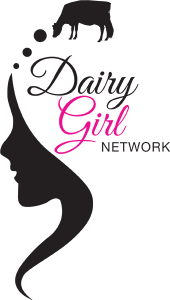 Networking with the hopes of starting or expanding your career opportunities is a nerve-racking experience for anyone. But when you’re a woman in a man’s world, the tension can ratchet up even further.
Networking with the hopes of starting or expanding your career opportunities is a nerve-racking experience for anyone. But when you’re a woman in a man’s world, the tension can ratchet up even further.
Last week I was in Madison for World Dairy Expo and attended the Dairy Girl Network Dinner which was held off site. As a member of the media (The Bullvine) and representing a publication that positions itself as a somewhat radical, I was worried that some might have a problem with my Canadian loyalties or what they might assume them to be. My worries were the only thing about the whole evening that was proven to be narrow minded. At the end of the day, this networking experience was the enthusiastic start I needed to make my trip to “Dairy in our DNA” a success from both a social and a business leads point of view.
Laura Daniels Dairy Girl Network founder and president from Heartwood Farm in Cobb, Wisconsin welcomed one hundred and eighty women and expanded on the goals of The Dairy Girl Network. She explained “Dairy Girl Network is growing rapidly and working on future opportunities for women. A mentorship program will be starting soon to bring together women on both professional and personal levels.” Laura then worked the room and made each one feel that they could have a personal impact on the future of women in dairying.
After that very enjoyable evening of introductions, I had common ground whenever I walked up to any of the “dairy girls” manning booths in the commercial buildings or seated beside me at the showring. I was never disappointed. Ladies’ who work in agriculture were eager to share not only how they became involved with the companies they represented, but also how deep their dairy passion ran outside of work. Many were raised on dairy farms or had tapped into their passion through romantic or educational connections. For several showing cattle — the premier feature of World Dairy Expo – has been the starting point for both careers and family. Agricultural jobs have wide open arms to those who can bring their expertise and put it into terms that are relevant to dairy farmers and their suppliers.
“If there’s anything that Dairy Girl Network can provide, it’s the confidence that dairy and agricultural connections offer an undeniable advantage when attracting clients or providing service to the dairy industry.”
Inside the large room at the Monona Terrace in Madison it was exciting to see that, along with the well-known champions of woman in agriculture, there was a whole platoon of enthusiastic girls that were drawn together. There was no question that it was planned to have a non-threatening agenda. No one was required to stand up and account for their right to be there. Quite the contrary. With enthusiastic encouragement from the energetic and personable Laura Daniels, we had as much time and freedom as we could use, to meet, greet and connect with other dairy girls. It was exciting to hear the variety and passion of the stories that brought girls from all over the U.S, Canada, and Europe to spend time together at the greatest dairy cattle show in the world. It was proven time and time again over the next three days that those few hours of glad-handing were useful in making contacts relevant to my dairy work, and I’m sure the same was true for many others. Overall we soon recognized that “Everybody knows somebody and developing a colleague relationship allows us to share our list with others.”
Not only were the doors to friendship open, but the very relaxed nature of the setting also provided an opportunity to discuss problems or issues. Along with the delicious hors oeuvres and dinner, I learned how other peers are dealing with gender bias, salary issues and problems getting a foot in the barn door in a predominantly man’s world. Some had no problems at all. Others recognized that it could take time and would be up to them to earn respect. Others said that being a girl could be an asset but that it had to be followed up with the knowledge and action that would build and support a long-term positive business relationship.
The entire evening and the days that followed were also a great opportunity to share valuable connections in media relations and problem solving. It was inspiring to learn of the many other “value-added” services that woman are providing in the dairy industry.
At the end of the evening, my animal nutritionist daughter, Heather Hunt, and I felt that the event had been a real energizer. We agreed that “It’s important that we understand how different stakeholders feel about different dairy issues. Coming together from a broad range of dairy backgrounds and companies, it’s helpful for women who have been in different situations to share insights and solutions with other dairy girls. Kudos to The Dairy Girl Network for their plans to develop mentoring. What a great resource sharing expertise. “It builds confidence to know that we aren’t one woman trying to make a difference on farm or in the boardroom. We aren’t just wives and daughters but leaders with gifts and skills to share.”
Laura Daniels is enthusiastically receiving feedback and working with the first Dairy Girl Network Board of Directors to empower dairy women everywhere. “It has been a momentous year for the Dairy Girl Network. We have truly moved the group nationwide.” From my point of view, it could become international. Dairy girls from Canada and The Netherlands were also motivated upon hearing the plans as shared by Laura. “Our mission of connecting dairywomen across the nation becomes clearer every day. I am proud of this network we’ve developed.”
The Bullvine Bottom Line
Dairy women are making a difference, not just because they are different, but because, especially when networking together, they share and expand the same dairy passion. “It is exciting to look forward and imagine where the Dairy Girl Network will be five years down the road.” Better make that three!!! This group is on the move.
Get original “Bullvine” content sent straight to your email inbox for free.







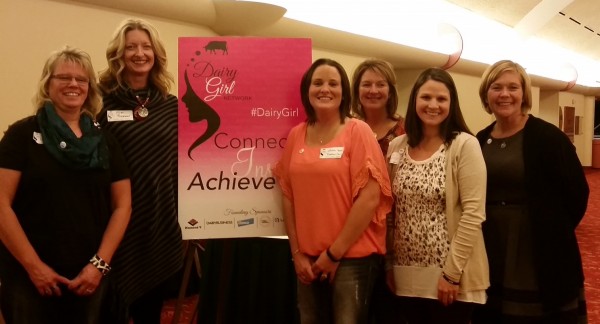
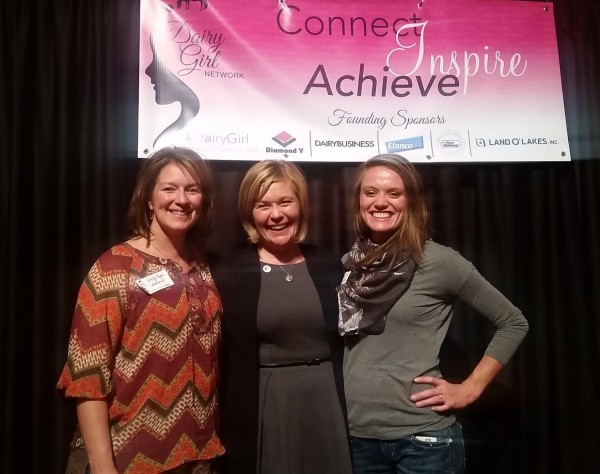
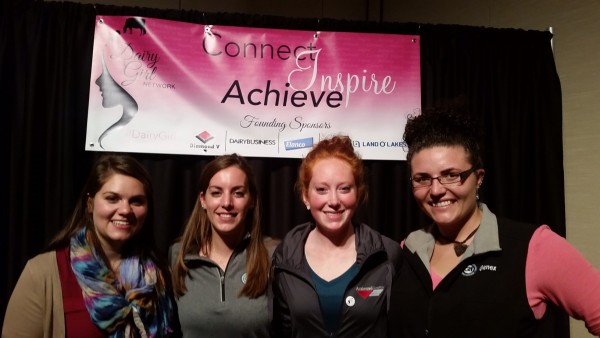

 If someone claims that we have “Dairy in our DNA”, what does it actually mean? For the organizers of World Dairy Expo 2015, it is a dairy code they’re offering to each of us. No matter how we trace our dairy roots, it means that for five days at the Alliant Center in Madison Wisconsin, our environment, what we eat, what we see and what we come into contact with will “run in the dairy family” — all 77,000 of them! They are getting ready right now to converge on World Dairy Expo from across North America and around the world!
If someone claims that we have “Dairy in our DNA”, what does it actually mean? For the organizers of World Dairy Expo 2015, it is a dairy code they’re offering to each of us. No matter how we trace our dairy roots, it means that for five days at the Alliant Center in Madison Wisconsin, our environment, what we eat, what we see and what we come into contact with will “run in the dairy family” — all 77,000 of them! They are getting ready right now to converge on World Dairy Expo from across North America and around the world!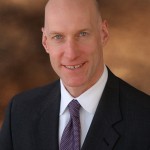 “The Time is Right for a Succession Plan”
“The Time is Right for a Succession Plan”
 “Adding Value to Calves by Breeding to Beef”
“Adding Value to Calves by Breeding to Beef”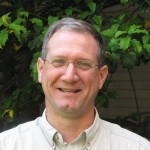 “Defining Factors That Create a Quality Heifer”
“Defining Factors That Create a Quality Heifer” “Design Criteria for Robotic Milking Barns”
“Design Criteria for Robotic Milking Barns” “Apps for Dairying: An Application for Calving Management”
“Apps for Dairying: An Application for Calving Management”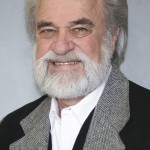 “Lameness in Dairy Cattle: Causes and Consequences”
“Lameness in Dairy Cattle: Causes and Consequences”![Disbudding%20with%20Caustic%20Paste[1]](https://www.thebullvine.com/wp-content/uploads/2015/06/Disbudding-with-Caustic-Paste1-300x171.jpg) Cats De-Clawed. Cows De-Horned. Children restrained.
Cats De-Clawed. Cows De-Horned. Children restrained.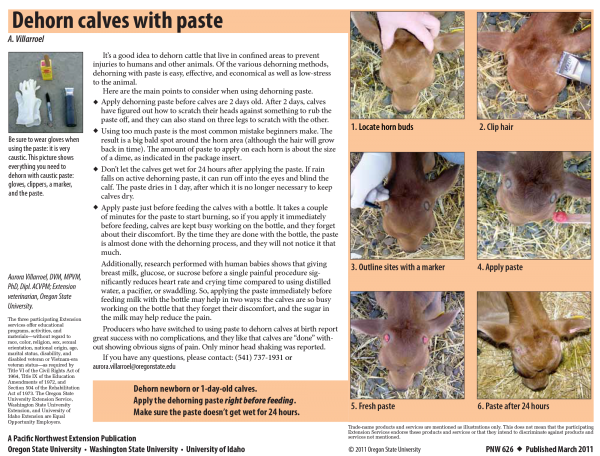
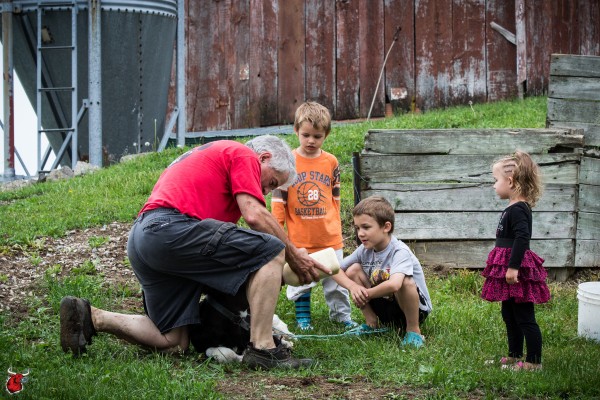
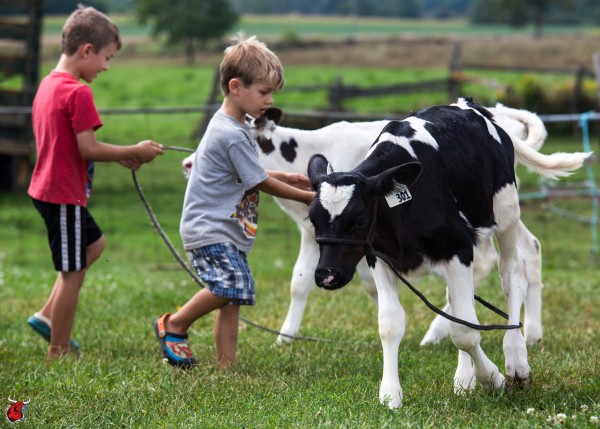
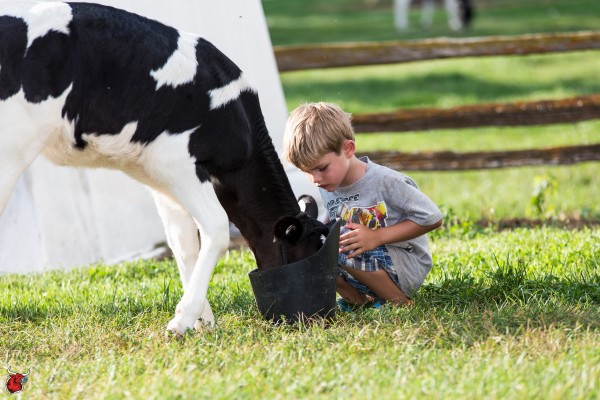
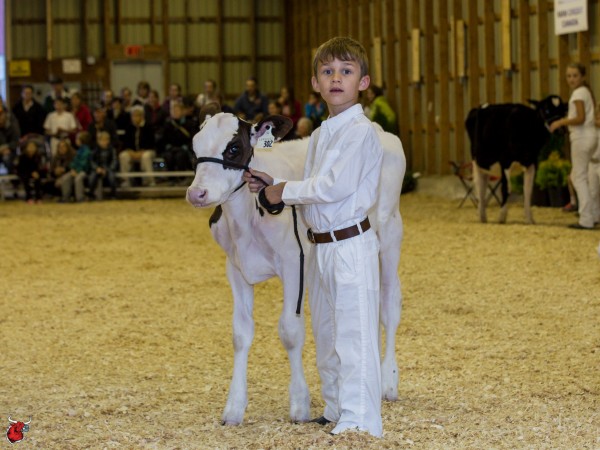
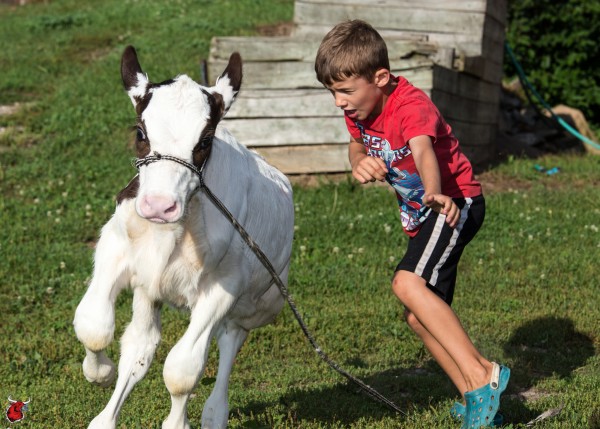
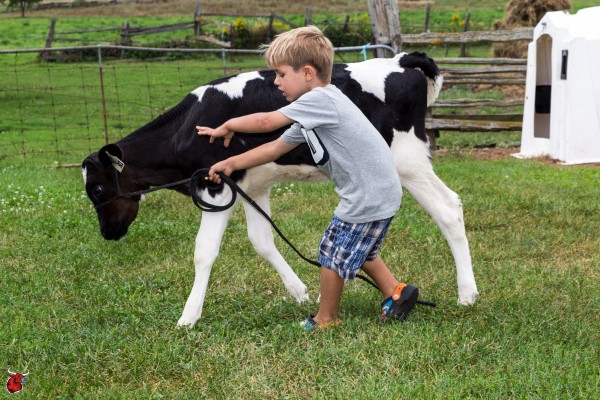
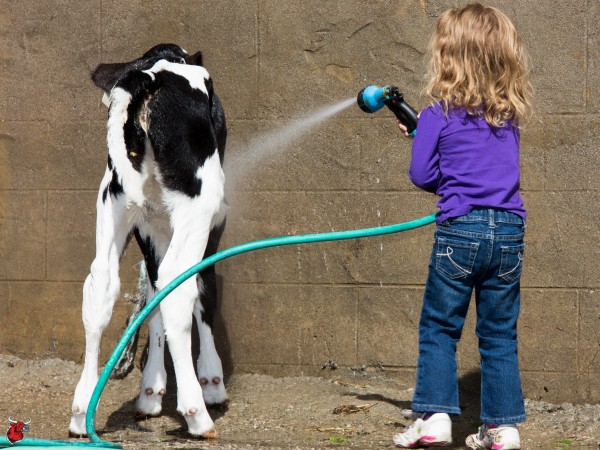
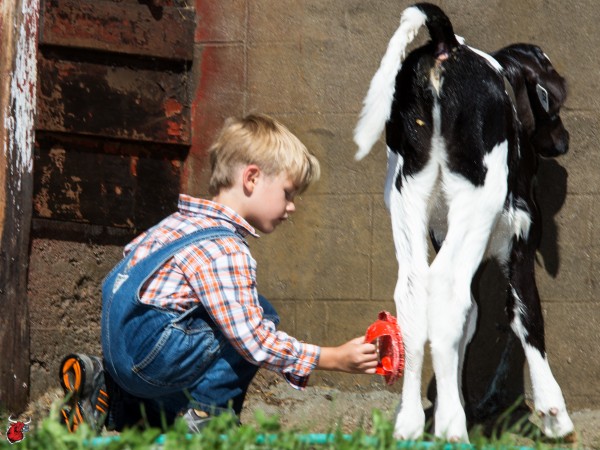
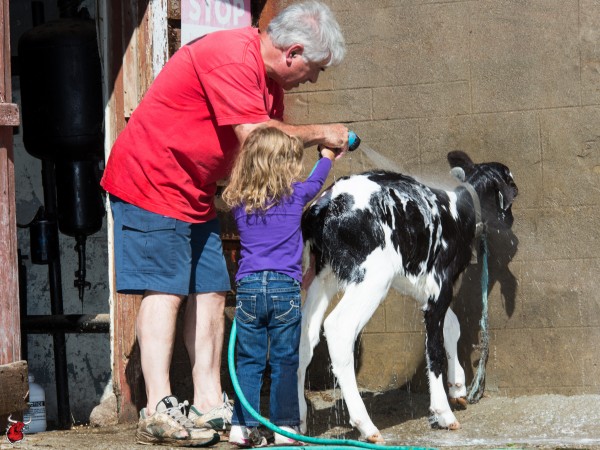
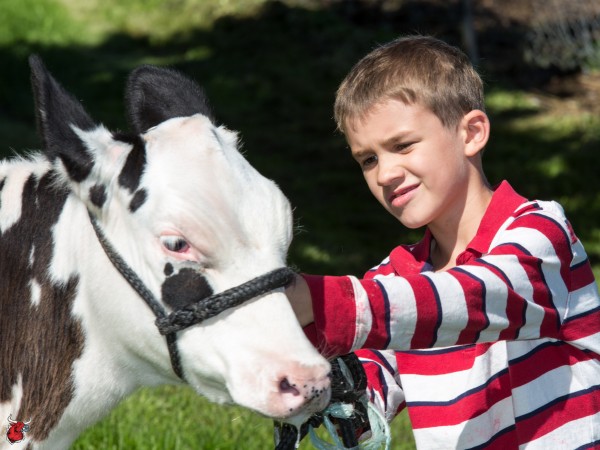
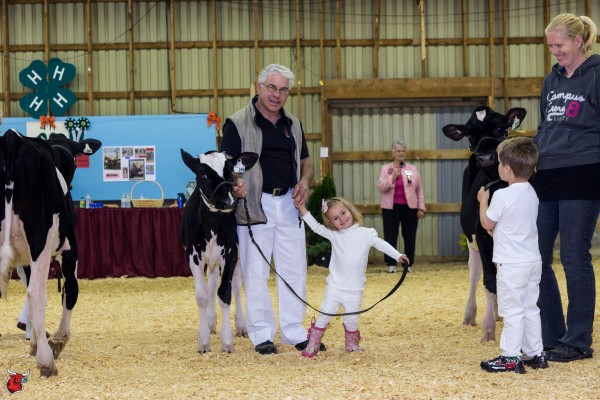
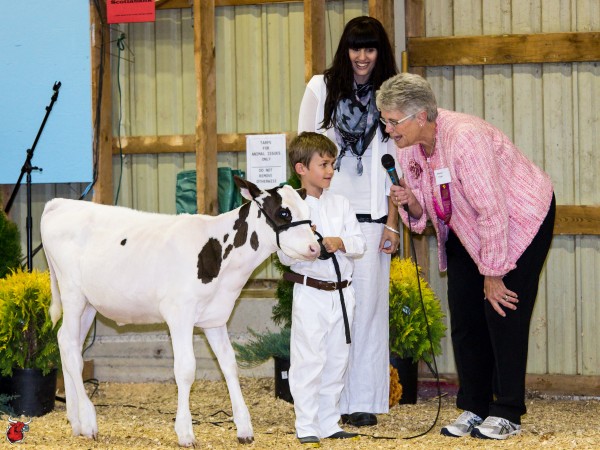
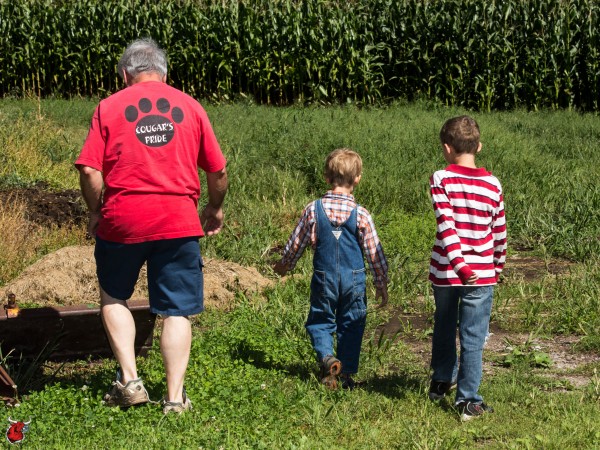
![10625095_10154605197095018_9095586175994467175_n[1]](https://www.thebullvine.com/wp-content/uploads/2015/05/10625095_10154605197095018_9095586175994467175_n1-600x800.jpg)
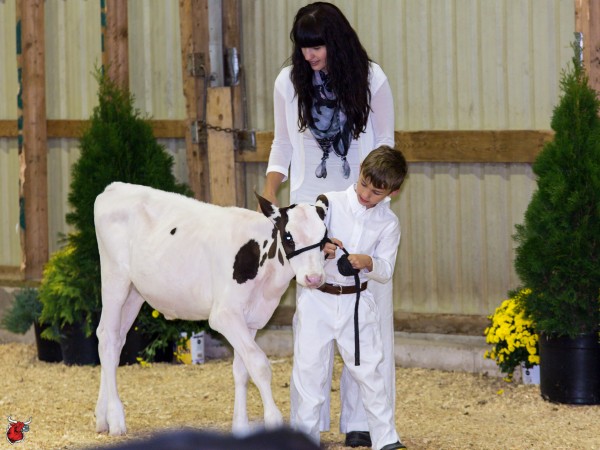
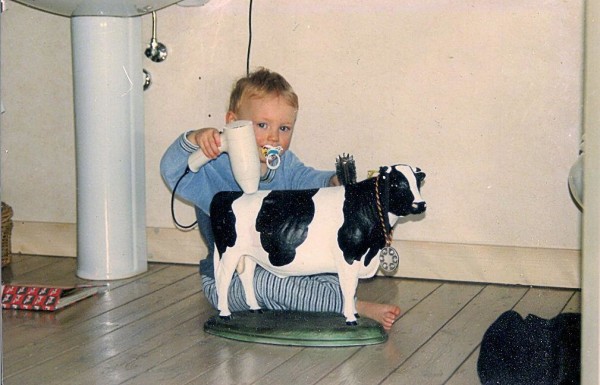
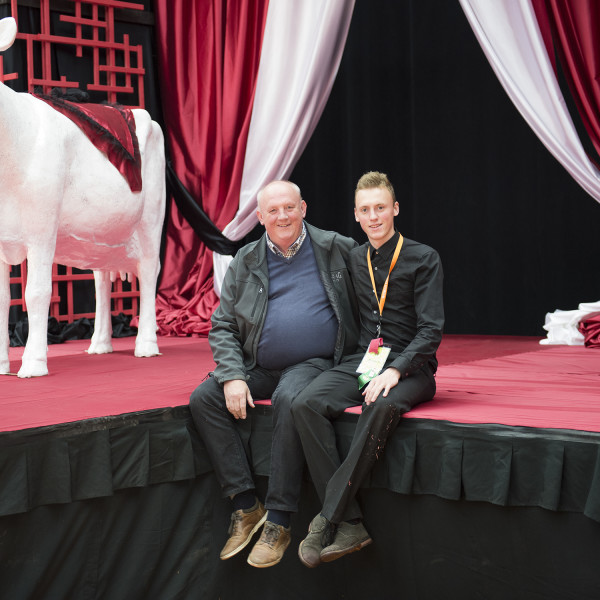
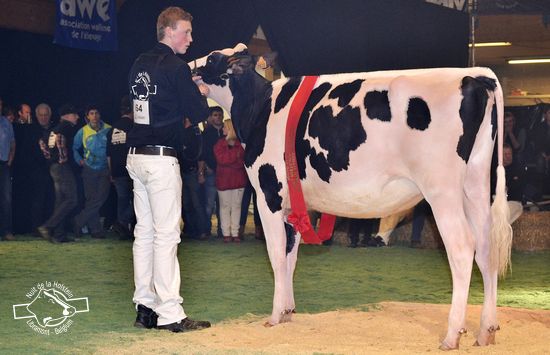
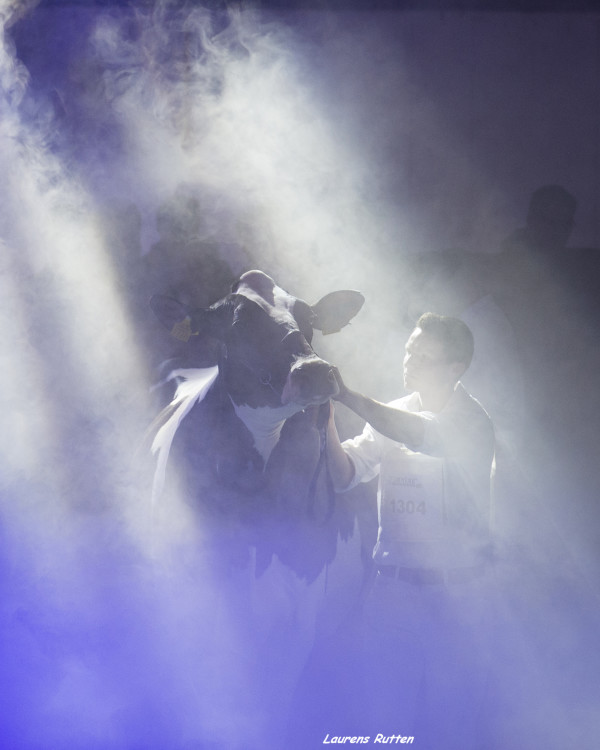
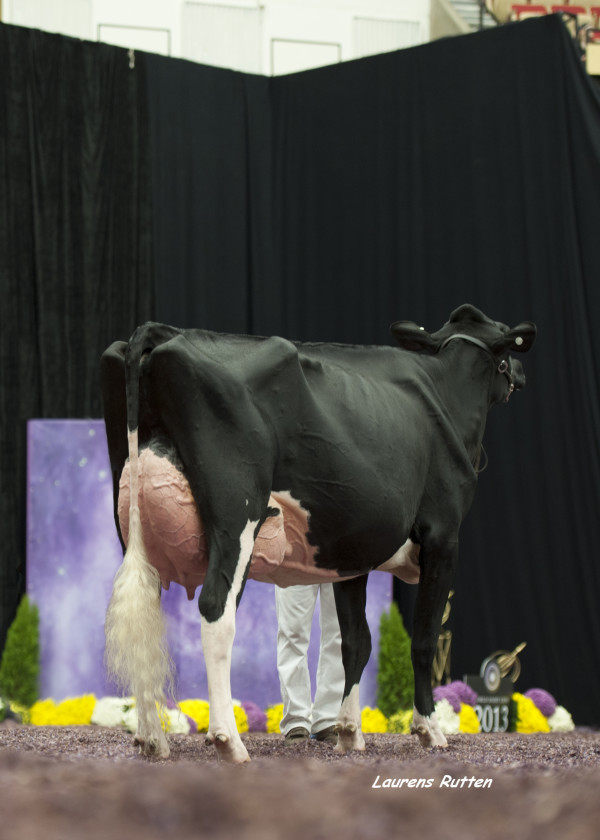
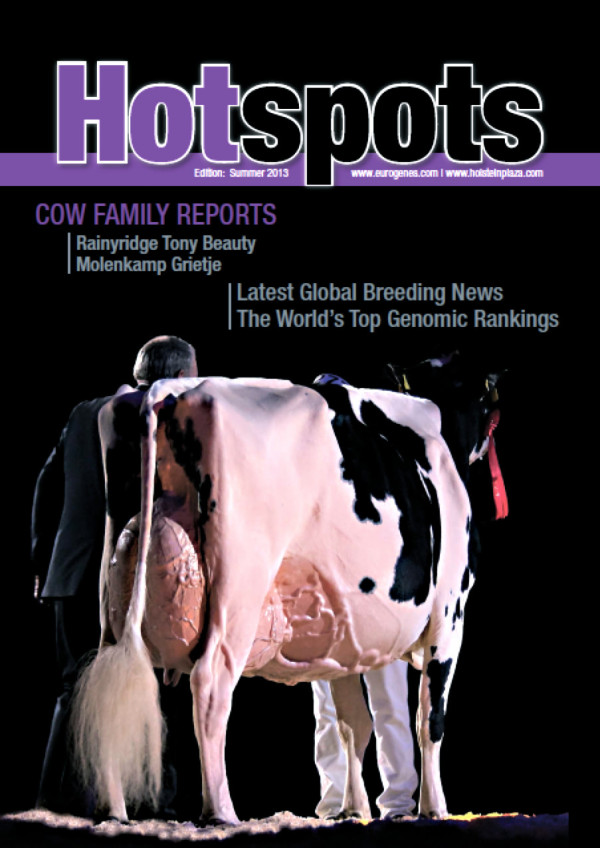
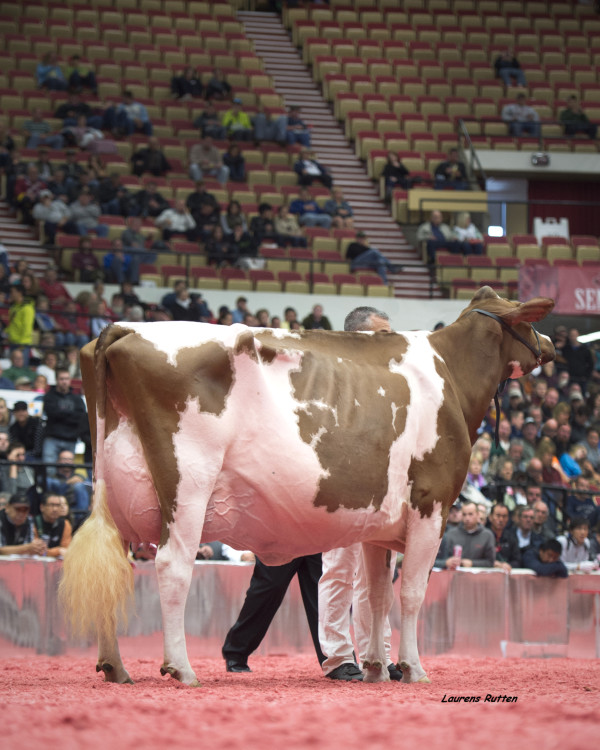
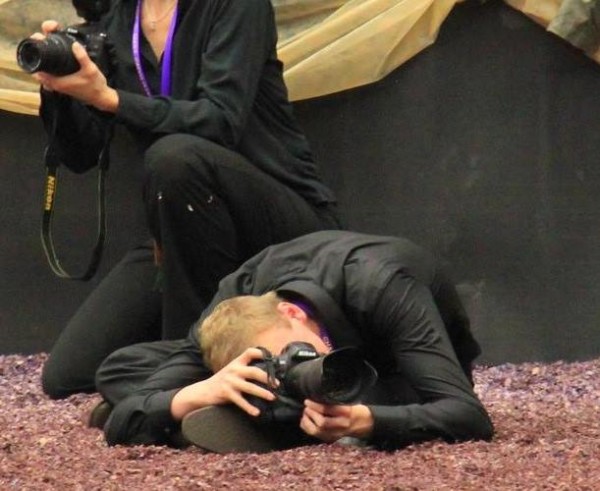
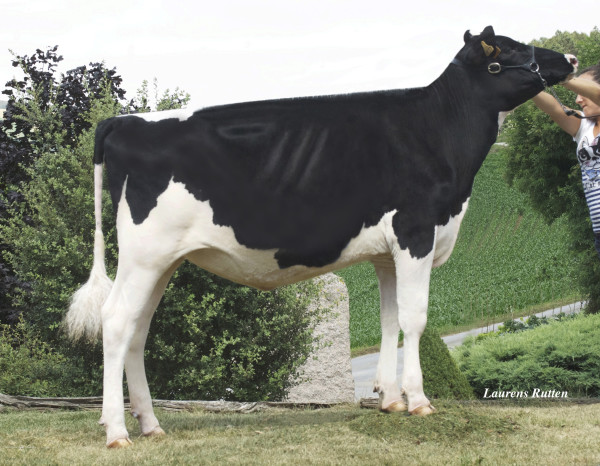
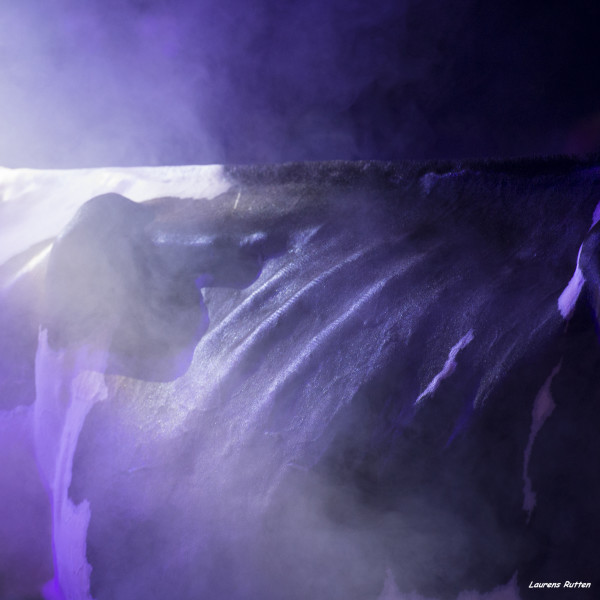
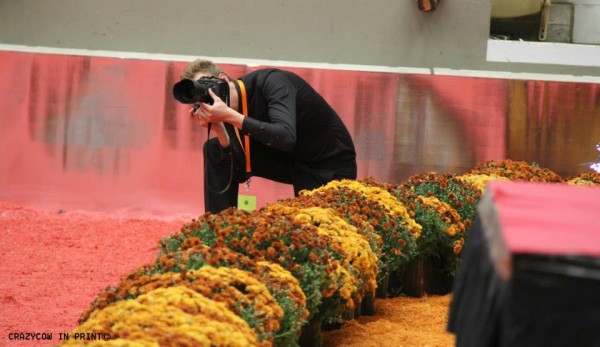

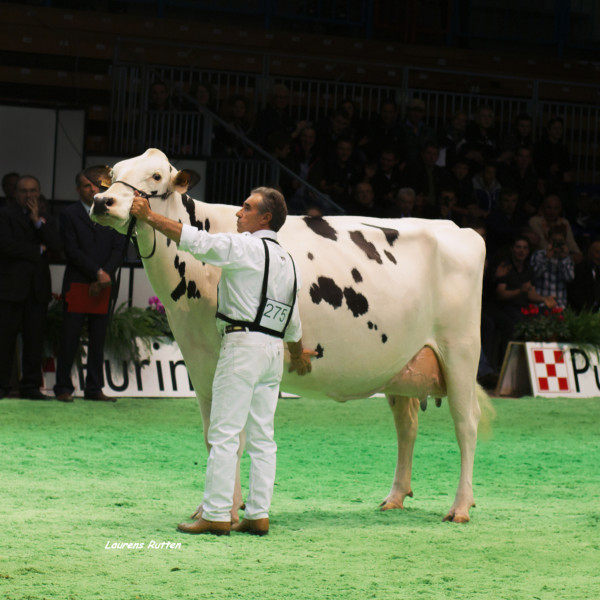
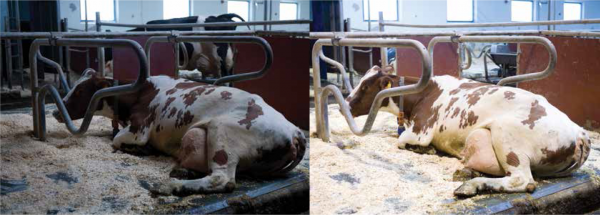
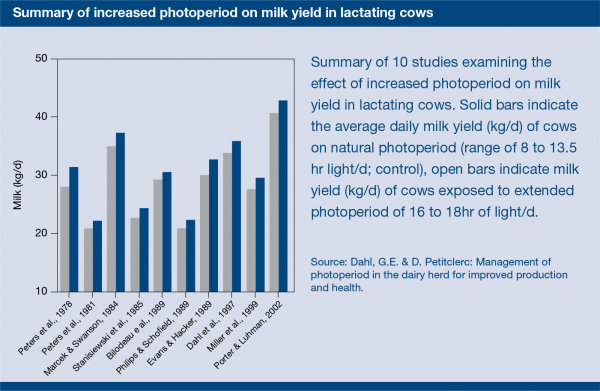
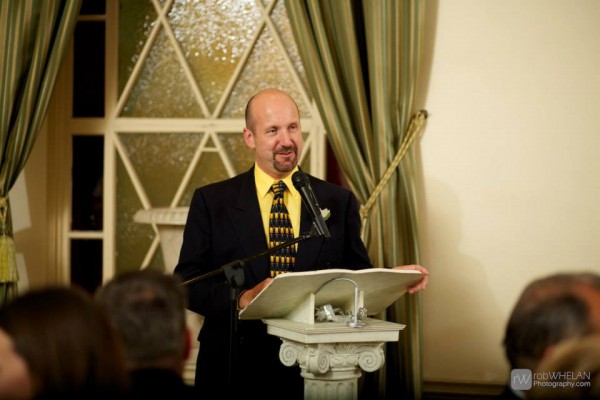





![996615_576162402449211_1417130011_n[1]](https://www.thebullvine.com/wp-content/uploads/2013/11/996615_576162402449211_1417130011_n1.jpg)

![1383407_576751399056978_247407767_n[1]](https://www.thebullvine.com/wp-content/uploads/2013/11/1383407_576751399056978_247407767_n1.jpg)




